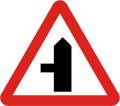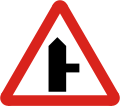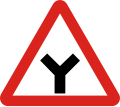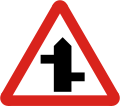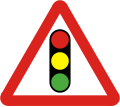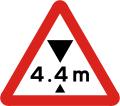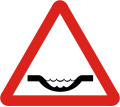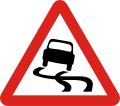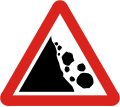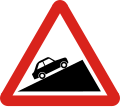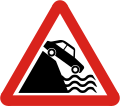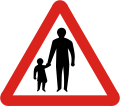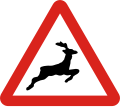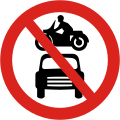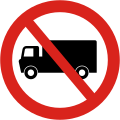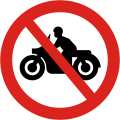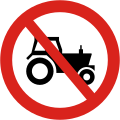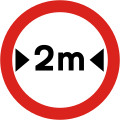The topic of this article may not meet Wikipedia's general notability guideline .(August 2025) |

Road signs in Uganda are regulated in the Traffic Signs Manual [1] and governed by the Ministry of Works and Transport (formerly the Ministry of Works, Housing and Communications). [2] They closely resemble road signs used in the United Kingdom since Uganda was a British colony until 1962, with the exception that Uganda uses metric system units instead of the Imperial System of units (miles and yards). [3]
Contents
- Warning signs
- Permanent warning signs
- Hazard marker signs
- Temporary warning signs
- Regulatory signs
- Prohibitory signs
- Priority signs
- Mandatory signs
- Guidance signs
- Information signs
- Supplementary plates
- References
Road signs in Uganda generally use the same pattern of colors, shapes, and symbols set out in the Vienna Convention on Road Signs and Signals, which are also used in most countries of Europe and Africa (except Ireland and Liberia which they both use diamond MUTCD warning signs instead of triangular). Partner states of the East African Community take measures to ratify or accede to international conventions on road traffic and road signs and signals. [4] On August 23, 2022, Uganda acceded to the Convention. [5] Other partner states of the East African Community such as Burundi, Kenya, Rwanda, South Sudan and Tanzania have yet to ratify or accede to the Convention. Uganda drives on the left.



